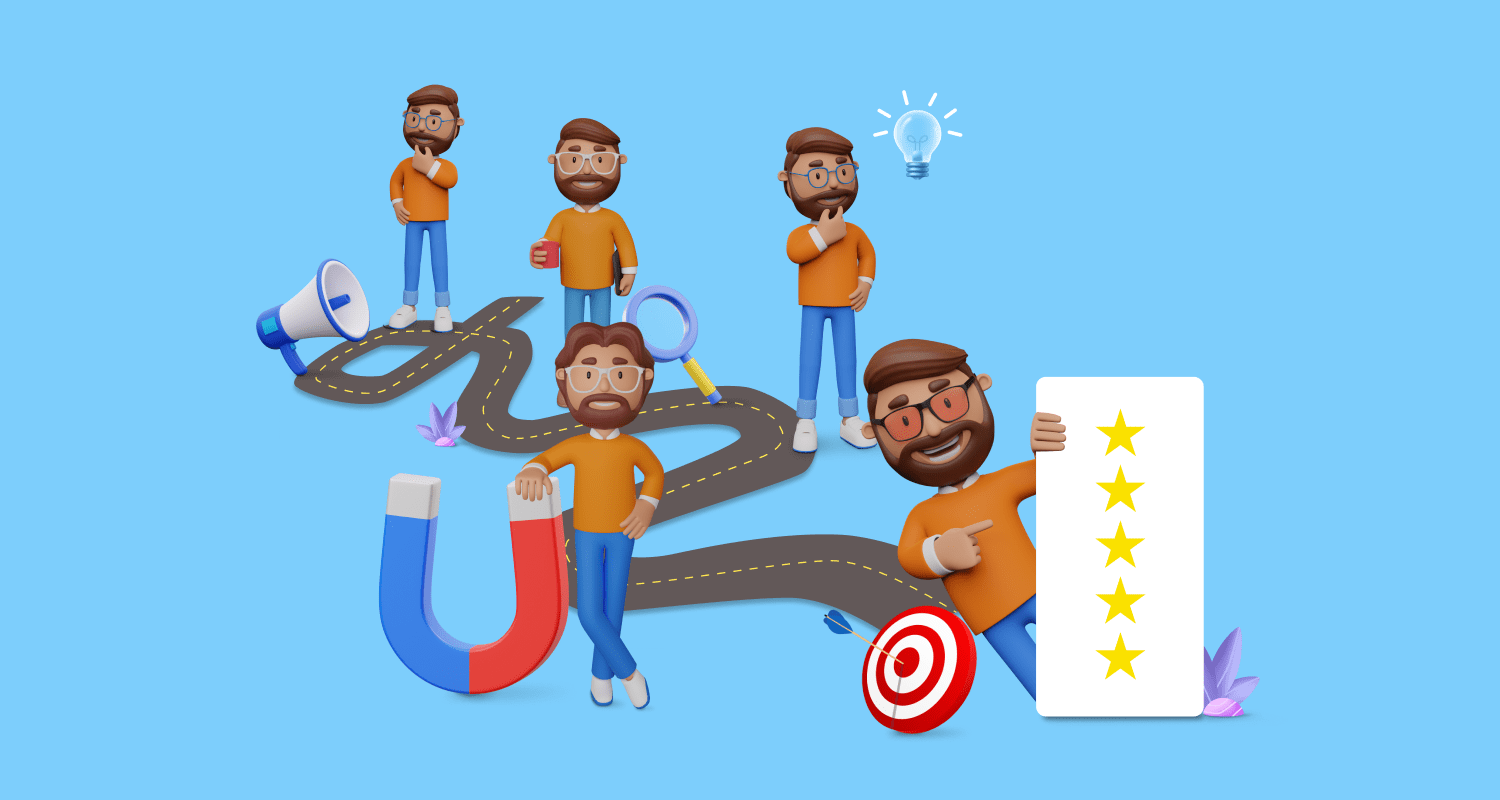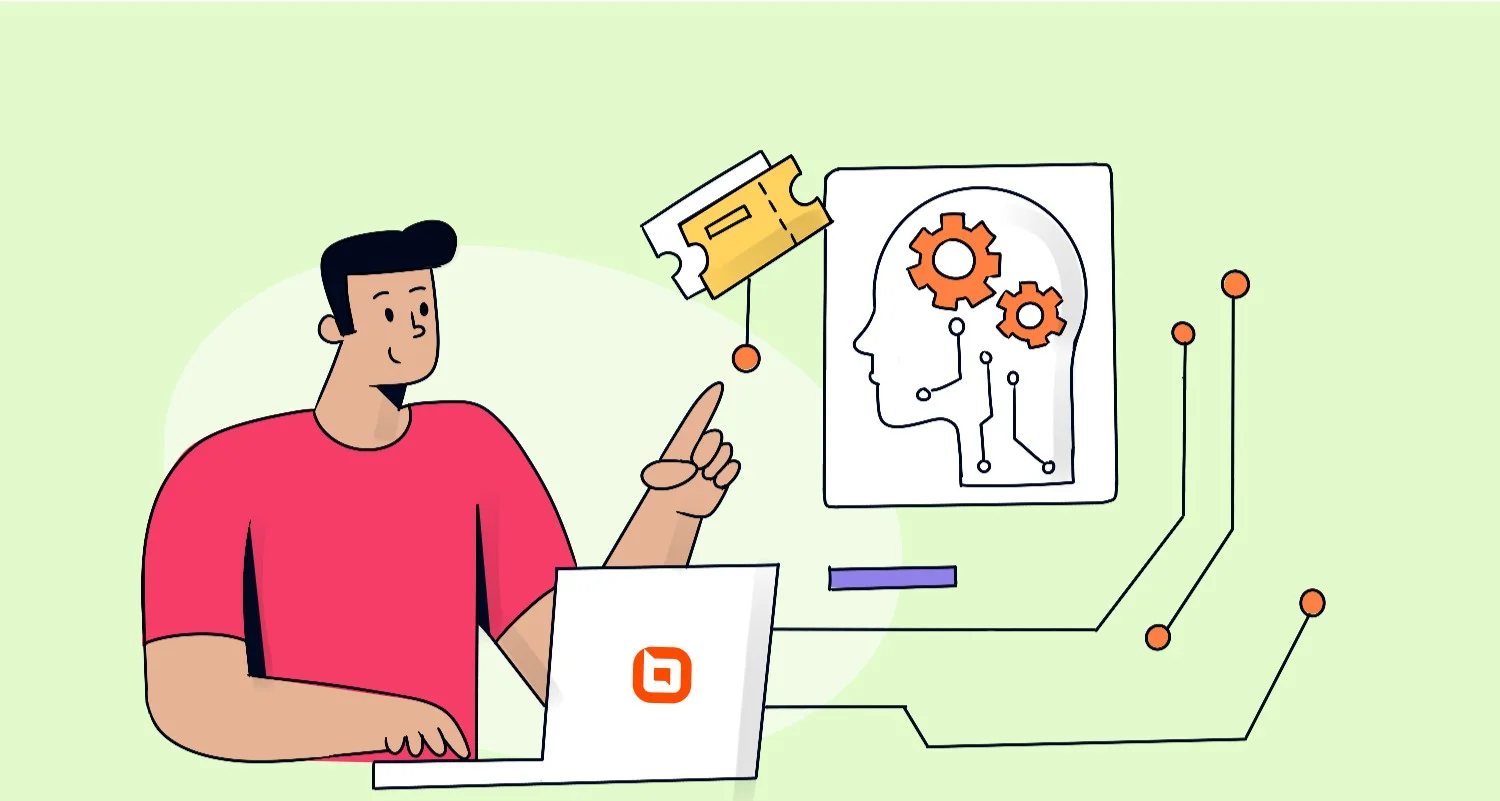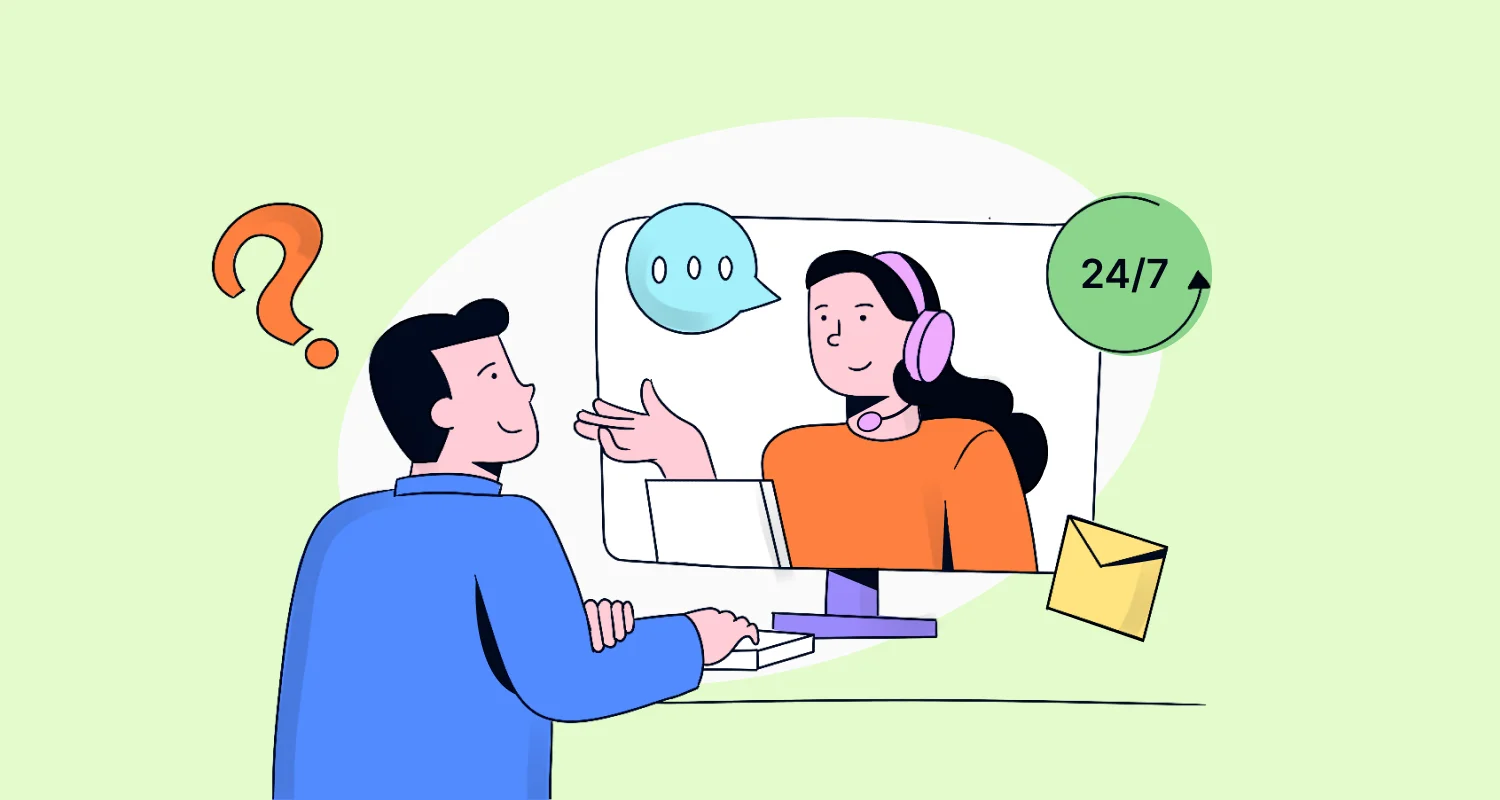In a business, each stage presents an opportunity to connect with their customers and guide them on how to interact with a company.
Companies can meet customer needs and expectations at each touchpoint and visualize the progressive steps a customer goes through to accomplish a task by creating well-defined customer journey map.
Customer journey mapping is a narrative that goes beyond mere events, encompassing the emotions and motivations that influence the decisions made.
This serves as an opportunity for businesses to see their company from the customer’s perspective, assisting them understand not just what the customer is doing, but also why they are doing it.
In this article, we will learn about the concept of customer journey map, its importance, how to create one and some customer journey map examples.
What is a customer journey map?
A customer journey map is a visual representation of the steps a customer takes to complete a specific interaction with your brand or company.
The map displays every interaction a consumer has with your company, from the first time they become aware of your business to the post-purchase follow-up.
Customer journey map helps companies:
- Understand their customers’ perspective
- See their operations from the clients’ point of view
- Comprehend the customer’s experience at each touchpoint
- Identify common issues clients may face and find solutions for them
Key elements of customer journey maps
To gain a complete understanding of the customer experience and create an effective customer journey map, it is necessary to include the following key elements:
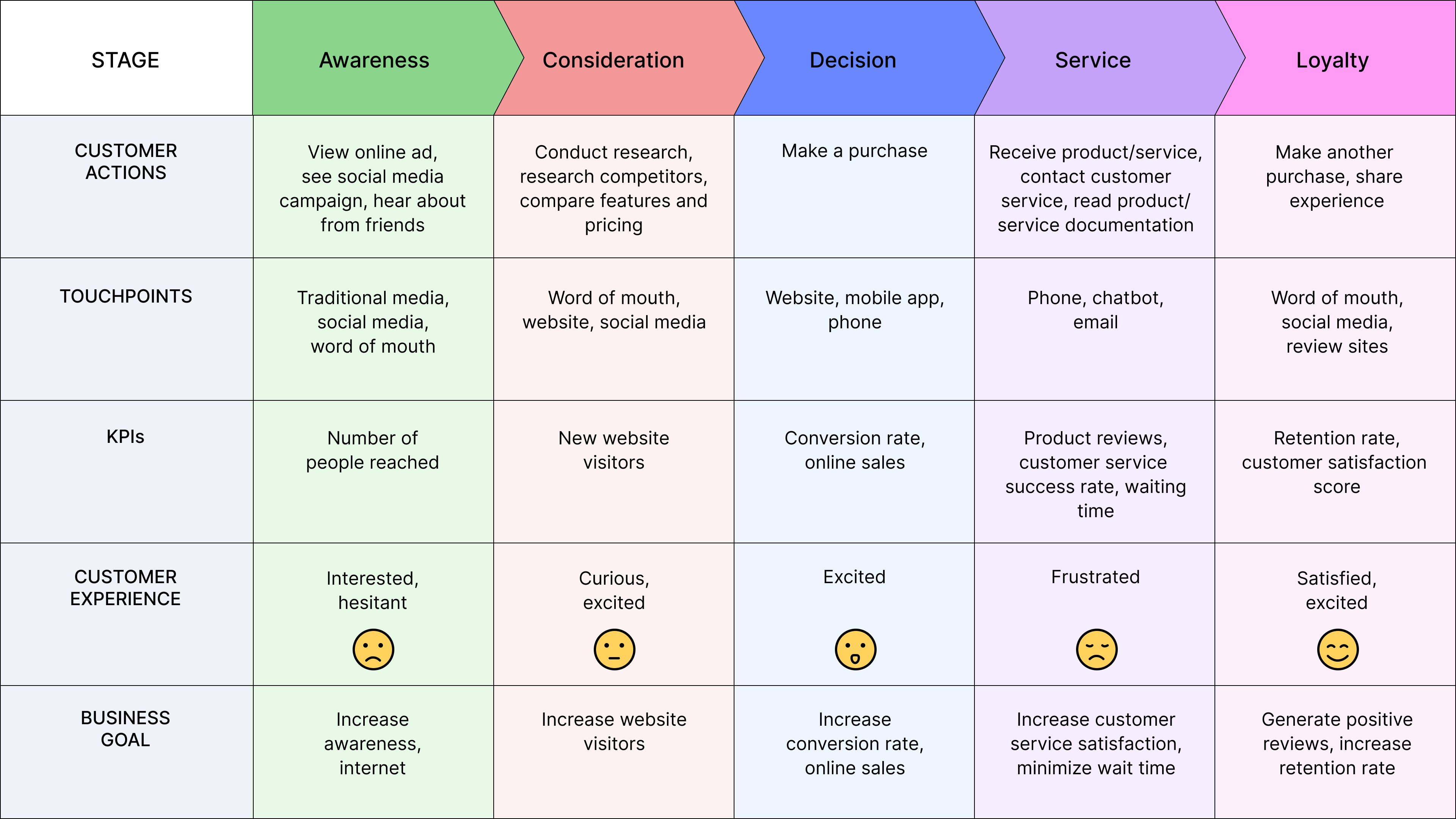
- Persona identification: Create buyer personas for your target audience by gathering details about their preferences, behaviors, and demographics. Businesses can develop a more focused and effective strategy by using this technique to help them develop a relatable and distinct picture of their ideal client.
- Touchpoints: Identify and record every stage of interaction, both digital and physical, where customers engage with the brand. Communication at each touchpoint plays a significant role in building relationships, ensuring consistency, and addressing potential difficulties throughout the journey.
- Customer actions and emotions: Capture the emotional aspects of the customer experience and outline the specific behaviors and actions customers take at different stages of their journey. Understanding these behaviors and recognizing emotional touchpoints helps build empathy and tailor strategies to meet customer needs and expectations.
- Pain points and opportunities: Pain points in a customer journey map show where customers may struggle, giving valuable insight for solving problems. Opportunities point out areas for improvement, helping businesses innovate and exceed expectations.
- Metrics: Include relevant key performance indicators (KPIs) and metrics to quantitatively measure the success and effectiveness of the customer journey map. Metrics such as conversion rates, customer satisfaction scores, and customer retention rates provide valuable insights for ongoing optimization and strategic decision-making.
- Customer journey stages: The customer journey stage is a crucial part of understanding the customer experience. It includes distinct phases that individuals go through when interacting with a brand. The main stages include awareness, consideration, decision, purchase, usage, experience, and advocacy. By analyzing and enhancing each stage, businesses can improve processes, communication, and customer satisfaction.
100% Free Tool to Elevate Customer Interactions!
Effectively manage customer interactions with AI-powered support tools—startups can access it and scale with ease!
What is a touchpoint in a customer journey map?
In a customer journey map, places a customer interacts with a business are touchpoints.
These occur in different ways and at different times, like when they first hear about the business, when they buy something, or when they need help after buying.
Touchpoints are important because these are the points in time that shape how customers feel about the brand.
How to create a customer journey map
For businesses to have an effective customer journey mapping, they should consider using the below criteria:
Set your objectives
Establishing your goals and objectives for the customer journey map is the first step. In this stage businesses should ask themselves; Why are they creating a customer journey map and who their audience are.
Setting objectives may include:
- Enhancing customer satisfaction
- Identifying areas of concern
- Optimizing customer interactions

It is crucial to have a clear understanding of what you aim to accomplish during the customer journey.
Create customer persona
The customer persona is a detailed and semi-fictional representation of your ideal customers. These personas are created based on real data about your existing customers, market research, and highlights into your target audience.
The purpose of developing customer personas is to gain a deep understanding of the diverse range of customers who interact with your brand, product, or service.
These profiles should encompass the following:
- Demographics: Customer personas should include details such as age, gender, income, education, and location. This information helps you understand the varied backgrounds of your customers.
- Behaviors: Persona development involves examining the behaviors and patterns of your customers, which include online behavior, buying habits, and interaction preferences.
- Needs and goals: By delving into the specific needs and goals of each persona, you gain insight into the motivations that drive their interactions with your business and help you with product development by utilizing the proof of concept steps.
Outline all possible customer touchpoints
This step entails the identification and acknowledgement of all the touchpoints where customers interact with your brand.
Identifying these customer touchpoints allows businesses to comprehend and strategically address the various interactions customers have with their brand, understand consumer experience, pointing out problems and potential areas for improvement.
These touchpoints encompass both digital and physical communication channels, such as:
- Social media platforms
- Official website
- Emails
- Customer support services
- Physical stores (if available)
Gather customer data
This stage involves the process of collecting detailed customer data about customer interactions and experiences.
This valuable data can be acquired through the following methods:
- Customer feedback
- Surveys and interviews
- Reports and analytics

By utilizing customer information, organizations can gain a better understanding of customers’ specific issues, emotional responses, and underlying motivations at every point of contact.
Identify customer emotions
This involves capturing the emotional condition of the customer at different stages throughout their interaction with your brand.
This will allow you to pinpoint and differentiate the moments that cause customers to feel satisfied, dissatisfied, or confused.
Therefore, it is essential to identify and understand these feelings to raise the standard of the customer’s experience.
Assess the customer journey on your own
This step involves experiencing your brand from customer’s perspective
It helps you gain firsthand insight into the customer’s experience, identify potential pain points, and understand areas for improvement or adjustments are necessary.
Determine opportunities and pain points
This is the stage where a company will recognize areas where its customers might have experienced dissatisfaction, challenges, or pain points.
After a business has identified these areas, it can seek out opportunities to improve the customer experience and create positive interactions with customers through the entire customer journey.
Types of customer journey maps and examples
Customer journey mapping can be modified to fit a specific need and help you better understand your customers’ journey. Below are some types of customer journey maps and the customer journey map examples:
Buyer’s journey
The buyer’s journey maps visualize the customer’s journey from recognizing a need to making a purchase.
This journey map highlights on the following stages which provides insights into motivations and challenges:
- Awareness
- Consideration
- Decision-making
By understanding each step, businesses can tailor marketing and engagement strategies to meet changing buyer needs.
Use case example: Creating content and experiences that enhance the customer’s journey.
Current state
This type of customer journey mapping represents the way consumers currently engage with your product or service.
It starts with the initial awareness or interaction, progresses through the engagement phases, and concludes with a post-purchase scenario.
Use case example: Essential for identifying the behaviors, emotions, and experiences of customers at every point of interaction, as well as their frustrations.
It also draws attention to areas that need to be optimized or improved.
Future state
The future state journey map outlines the ideal customer experience a company aims to offer in the future.
By depicting the customer’s journey and emphasizing the intended interactions, experiences, and touchpoints, businesses can sets goals for enhancing and transforming their customer service.
Use case example: Helps companies in strategizing and planning, while giving priority to the demands and expectations of their customers.
Day in the life
This is a comprehensive journey map that presents a typical day in a customer’s life, encompassing all their daily interactions, transactions, and tasks both within and outside the company.
By understanding how and when their product or service aligns with the customer’s daily routine, and tailoring their products and services accordingly, companies can meet customers demand.
Use case example: Provides valuable insights into the customer’s everyday challenges, requirements, and behaviors.
Benefits of customer journey mapping
Below are some of the benefits a business has when they map their customer journey:
Enhances customer service experience
By understanding the customer’s journey, businesses can identify key touchpoints and the associated pain points.
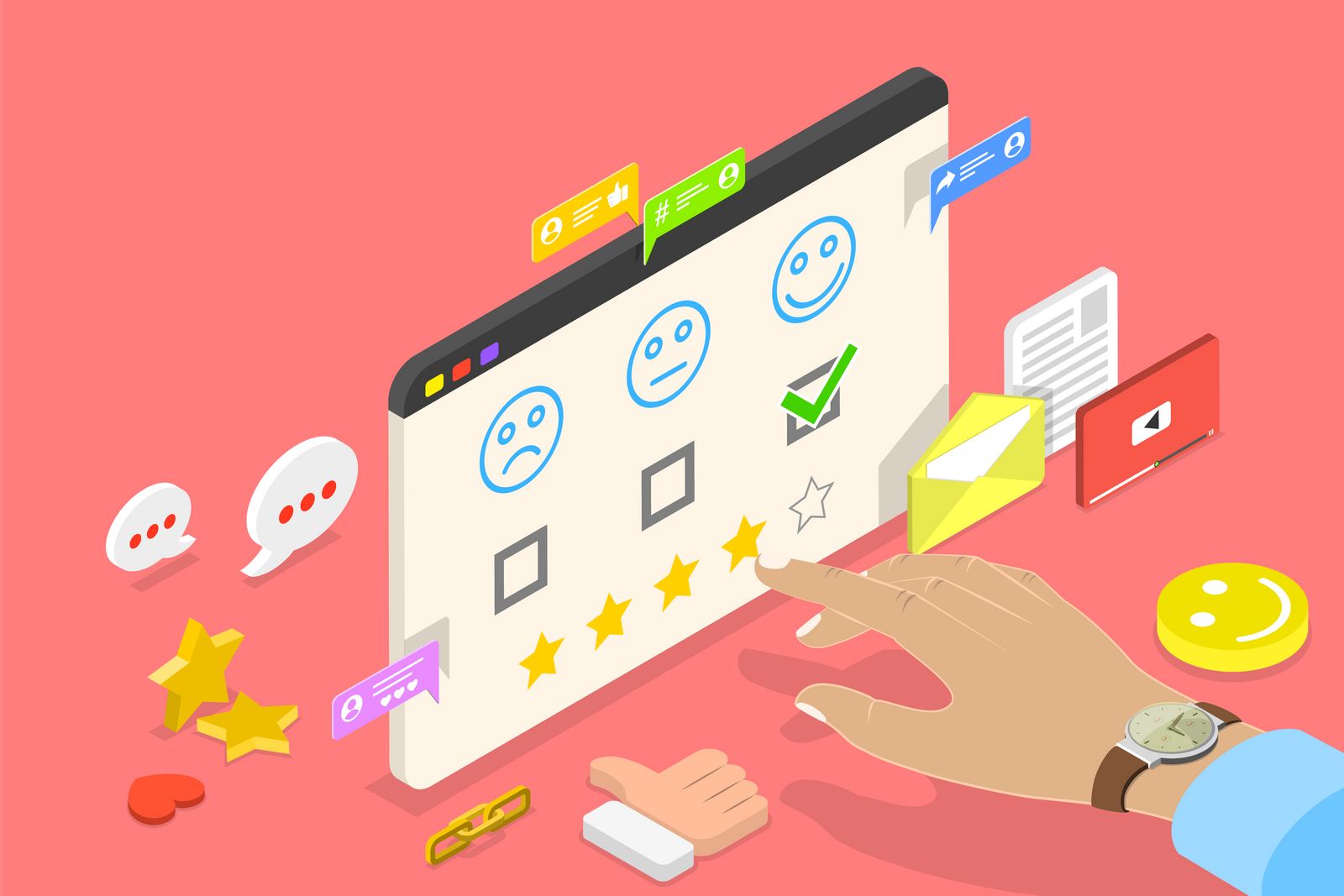
According to Statista, 82% of customers expressed their willingness to recommend a business solely based on outstanding customer service.
This helps businesses address these issue and offer a more enjoyable experience for their customers.
This could through:
- Simplifying the purchasing process
- Improving customer service interactions
- Personalizing marketing efforts
Helps in providing proactive customer service
By examining the customer experience at different stages, businesses can gain insights into customers’ needs and challenges.
This allows businesses to implement proactive customer service such as addressing issues before they become significant problems
Thus, reducing the effort customers need to interact with the brand. Implementing solutions and support systems helps organizations identify potential obstacles and areas of difficulty in the customer experience.
Fosters better understanding of customer perspectives
Mapping the customer journey allows businesses to step into their customers’ shoes and get customer’s perception of the business.
This provides a comprehensive view of customer’s experience.
This approach helps businesses identify gaps and pain points which can reveal insights about what customers value or find frustrating.
Thus, enabling businesses to make personalized improvements.
Improves customer engagement
When consumers perceive a brand to be aware of their requirements and to continuously deliver a satisfying experience, they are more inclined to get involved, talk about their experiences, and develop into devoted supporters.

Higher customer engagement is the result of a smooth and tailored relationship strengthening the bond between the consumer and the brand.
Ensures a higher customer retention rate and loyalty
When customers have a positive experience throughout their customer journey, they are more likely to keep using your brand and even advocate your product or service to others.
This ultimately leads to higher retention rates and increased customer loyalty.
Boosts the customer lifetime value
Creating a customer journey map in a business aid in expanding the customer base and increasing the market share.
Satisfied customers are likely to continue purchasing your products or service over a long period, resulting in higher revenue and profitability.
Build a well-structured customer journey map!
Every company hoping to provide a first-rate client experience needs to have a customer journey map.
It helps companies to see how their consumers interact with them at each touch point, identify areas for improvement, and eventually create a more customer-focused organization.
By representing the customer’s journey visually, organizations can recognize chances for enhancement and establish a more favourable and smooth customer experience.
To experience the benefits of BoldDesk in improving your customer experience, try and book a live demo. Additionally, you can initiate a 15-day free trial on BoldDesk. If you require further details, kindly reach out to BoldDesk support.
Related articles
- How to Set Smart Customer Service Goals in 2023
- Most Popular Essential Customer Service Skills for 2023
- 8 Strategies to Provide Efficient Customer Service



 Email Ticketing System
Email Ticketing System